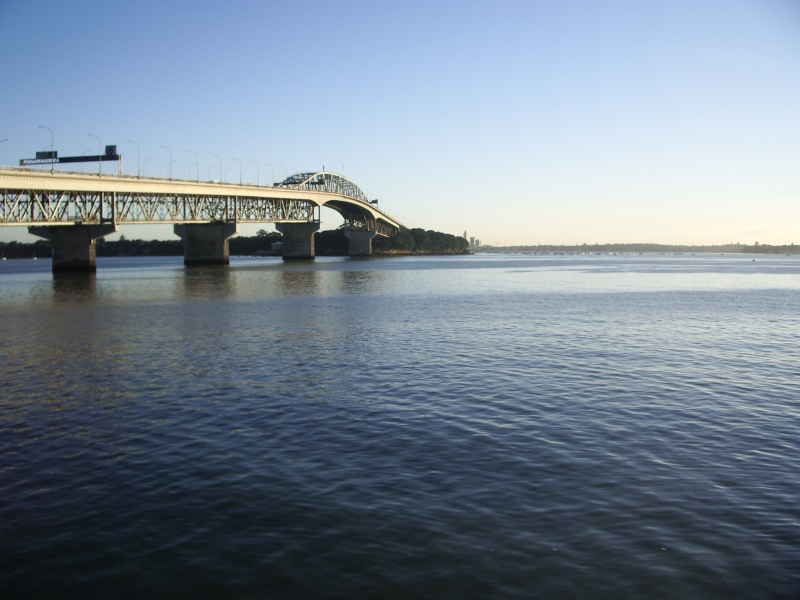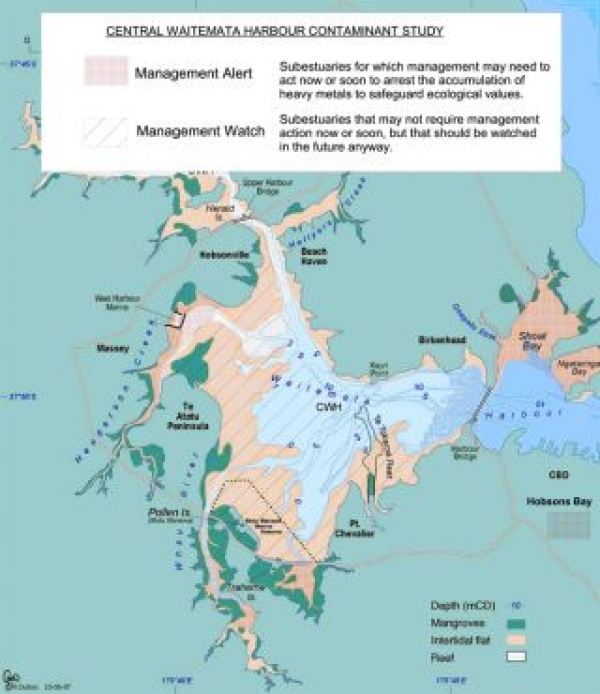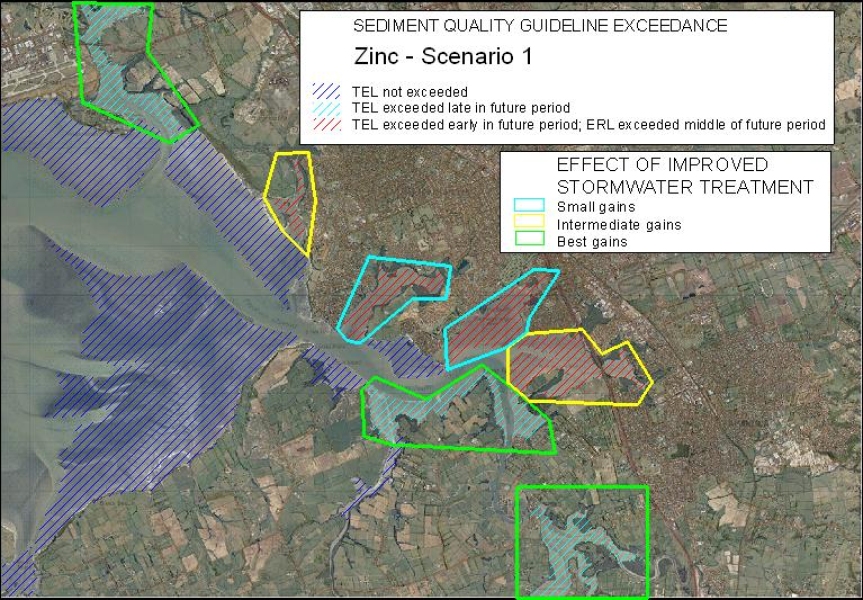This project will demonstrate the commercial feasibility of producing bio-oil by the conversion of algae biomass that has been grown in wastewater treatment facilities. In particular we aim to maximise algae production in High Rate Algal Ponds (HRAP) by adding carbon dioxide, and demonstrate energy efficient conversion of algal biomass to bio-oil.
Key findings
In order to produce biofuels cost-effectively there is a need for a cheap feedstock, low-cost production technology, efficient harvesting and low-cost conversion. In our solution:
- Wastewater is the cheap feedstock
- Wastewater treatment High Rate Algal Ponds (HPAP) with carbon dioxide addition is the cost-effective production technology (many costs are covered as part of water treatment plant).
- Gravity settling is our low-cost harvesting technology
- Super Critical Water Reactors is our conversion technology.
The construction of a 5 ha HRAP system, harvesting equipment and conversion system is now complete. We are now commissioning the systems and undertaking initial demonstration of the technology as a system.
Overview
Three algae production systems can be considered for biofuel production, each with its short comings:
- photobioreactors are not economic for (low value) biofuel production
- conventional wastewater treatment oxidation ponds produce algae very cheaply, but the production rates are highly variable and harvesting can be very difficult or expensive
- high Rate Algal Ponds (HRAP) are the method of choice for the production of high-value algal pigments and food supplements (nutraceuticals). These provide over 90% of the total world algae production using inorganic fertiliser and carbon dioxide addition, but even these low-cost systems are not economical for biofuel production.
In order to achieve cost-effective production of biofuels, there is a need for a cheap feedstock, cheap production technology, cheap and efficient harvesting and cheap conversion.
Approach
NIWA has advanced the High Rate Algal Pond (HRAP) wastewater treatment technology over the last 12 years. HRAPs are much more cost-effective than energy intensive mechanical wastewater treatment systems providing similar wastewater treatment.
These shallow, mechanically mixed open ponds achieve far more efficient wastewater treatment than conventional oxidation ponds. This is mainly because the shallow pond depth allows more light saturation, leading to higher photosynthesis rates, in turn providing more oxygen to drive aerobic treatment and the conversion of wastewater nutrients into algal biomass. The natural sunlight levels and continuous mixing of HRAP also assist with the disinfection of the wastewater.
NIWA has pioneered CO2 addition to wastewater for enhanced treatment and algal production at a pilot-scale. In this project we are demonstrating large-scale HRAPs with carbon dioxide addition at a 5 hectare facility in the Christchurch wastewater treatment plant.
Solray Energy has developed the Super Critical Water Reactor (SCWR) technology to convert algae and other biomass sources into crude bio-oil. In it the water-algae mixture is heated under pressure until the complex organic molecules break down into simple hydrocarbons, which then separate out as bio-crude. The technology also has great potential to degrade toxic organic compounds to harmless residues. A major break-through is the development of a continuously-fed reactor system which is significantly more energy efficient than batch fed systems.
This project is the world’s first large-scale demonstration of both wastewater treatment HRAP with CO2 addition and SCWR algal bio-oil conversion. Specifically, the project will demonstrate the large-scale construction, operation and performance of the technologies and provide and in-depth life-cycle economic analysis of the complete process pathway.
NIWA also uses wastewater and algae to produce biogas – see the article linked to below.
Biogas recovery from wastewater sludge
Current Status
- The largest High Rate Algal Pond for wastewater treatment in the southern hemisphere has now been constructed in Christchurch and is a test site for the other technologies.
- The collection of flue gas from general operations at the facility has started, which is fed into the HRAP to promote algae growth.
- Custom algae harvesting equipment has been developed, which supplies algae to the Solray conversion plant.
- The system is currently being commissioned, and early trials of the complete system being commenced.
Posters
The posters pictured as images on the right hand side provide some more background to the project. They can be downloaded by clicking on the links below.
Oil production - HRAP (PDF 498 KB)
Oil production - Solray (PDF 429 KB)
Rilke de Vos 786, 685, 771 902 838 Dr Joanne Ellis, Cawthorn Institute 611, 946, 834, 789 686



